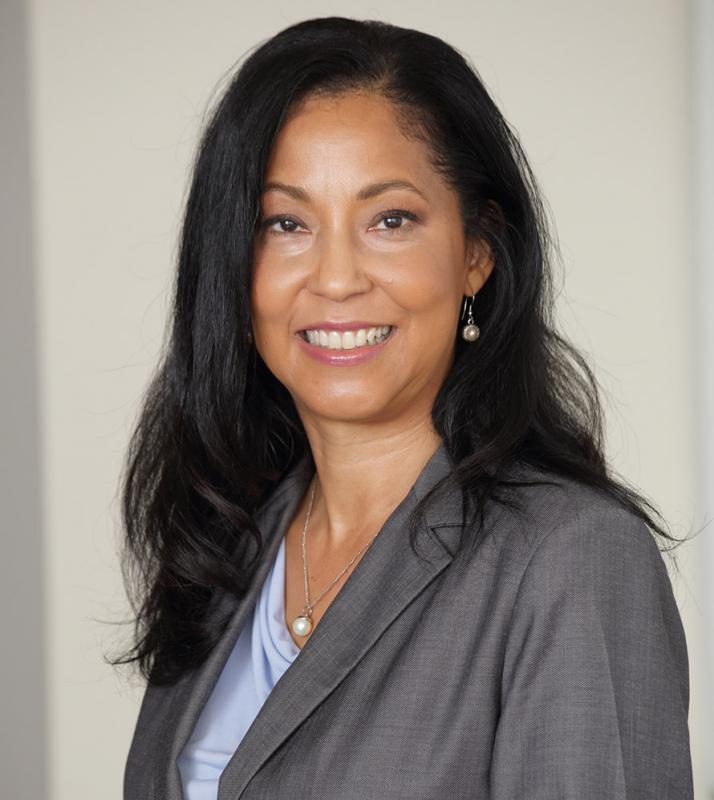Keeping Scientists in Science:
NIH Re-Issues Re-Entry Supplements Funding Opportunity
By Dr. Janine A. Clayton
 We all know that critical life events, expected or not, can derail academic careers. What's more, the current biomedical climate is not particularly forgiving, given the blistering pace of scientific discovery, a growing labor-market surplus, and increasingly tight funding lines. These realities make it challenging for independent investigators who wish to return to academic science after a necessary time away. The dynamics are particularly challenging for women, given that child-bearing years usually coincide with the demands of launching an academic career.
We all know that critical life events, expected or not, can derail academic careers. What's more, the current biomedical climate is not particularly forgiving, given the blistering pace of scientific discovery, a growing labor-market surplus, and increasingly tight funding lines. These realities make it challenging for independent investigators who wish to return to academic science after a necessary time away. The dynamics are particularly challenging for women, given that child-bearing years usually coincide with the demands of launching an academic career.
Nearly a quarter-century ago, ORWH responded to the needs of such researchers by establishing an "on-ramp" to help them get back to work without losing ground. The NIH Re-Entry Supplements program is now supported across NIH, and funding opportunity has been recently re-issued. The program has been highly successful: Of those participating in the program, 81 percent secured a scientific research position.
NIH's re-entry supplements provide up to 3 years of funding for candidates with a doctoral degree who have been in or accepted into a postdoctoral or faculty position at the time they left active research. Upon return, the candidate performs research in the laboratory of an NIH-funded mentor, ensuring support to foster career growth and independence.
Keeping women in science is a component of ORWH's tripartite mission that also aims to improve the health of women through rigorous research that addresses the roles of sex and gender in biomedicine. Along with NIH Director Dr. Francis Collins, I co-chair the NIH Working Group on Women in Biomedical Careers, which pursues broad, innovative steps to overcome career obstacles faced by women.
Check out the online instructions and criteria for applying for re-entry supplements, and you may also wish to subscribe to "Advances & Insights," the NIH Women in Science newsletter . Maintaining the best and brightest biomedical workforce requires supporting all of our scientists. I encourage anyone who has been away from the lab for an extended period – or knows someone who has – to help spread the word about this important resource.
